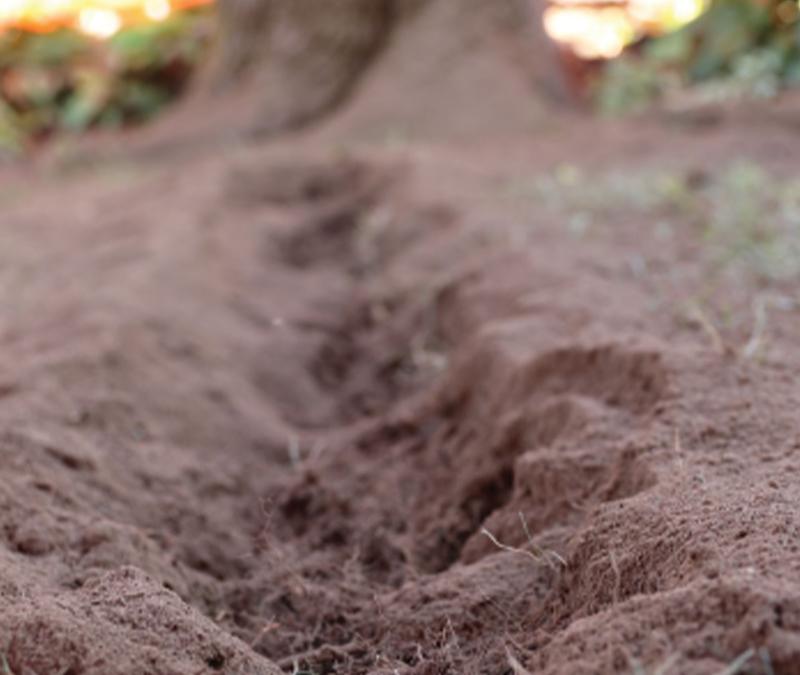Soil health is imperative for landscape plants to grow and perform to expectations. Poor soil health can be the cause of thin, weedy and off color turfgrass or lawns. Flowers and vegetables may not grow abundantly and produce the plentiful blooms desired. Trees and shrubs may be off color, thin and slow growing because of poor soil health. How do you fix unhealthy soil? This blog will offer some advice to help.
Why is Soil Health Important?
Healthy soil is the basis of healthy plants. Robust, healthy, actively growing, and attractive plants are a sign of healthy soils. When plant roots are in healthy soil and working at peak performance, the plants above the soil will look their best and produce the best landscape possible. Plants that grow slowly, fail to fully develop, have low yields, or show signs of disease and infection may all be signs of poor soil health.
Overall soil health refers to several factors that need to be optimized for plant growth and performance. Soils need a balance of air, water, organic matter, nutrients, and beneficial microbes. The soil must be loose enough to allow roots grow through the ground, allowing the plant to anchor itself and for the roots to forage for nutrients. If one or more of these factors aren’t at an optimal level, the plant will suffer.
Three Cause of Unhealthy Soil
Unhealthy soil will be lacking in any of the following factors: microbial activity, availability of nutrients, soil compaction.
- Lack of Microbes: Microbes in soil help make nutrients available to the plants. They break down organic waste into beneficial organic matter that can improve the structure of the soil, help retain water longer in the soil, and release nutrients to the plant roots. Some microbes can act as root extenders allowing plants to forage for water and food far away from the plant. Low levels of microbes can lead to high buildup of thatch, or large accumulations of organic matter such as stems, roots, and leaves that microbes can’t break down fast enough. While a little thatch is beneficial in insulating grass roots from extremes in temperature, excess thatch can restrict the movement of water into the soil and cause hydrophobic (water resistance) conditions to occur.
- Lack of Nutrients: Without a proper balance of available nutrients, plants will fade and fail to perform. Many nutrients are available naturally in the soil or may be added with fertilizers. Some vital plant nutrients include carbon, nitrogen, phosphorous, potassium, manganese, and iron.
- Soil Compaction: Excessive soil compaction will inhibit root growth, movement of water, and exchange of gases. Soil compaction may be caused by foot traffic or movement or heavy equipment, lack of organic matter, or drought.

Fixing Soil Health
Good cultural practices help promote great soil health. Provide adequate moisture by watering regularly, but not too often, and making sure water reaches deep into the soil. Use soil tests to determine your soil conditions and see which nutrients may need to be added; your local state university extension will be able to provide information specific to your region. Promote beneficial soil microbes through the addition of organic matter, such as fertilizers or compost. Minimize traffic over soil surfaces and reduce soil compaction through mechanical aeration.
Everyone appreciates and desires a beautiful, attractive landscape. As good stewards of the land, we need to do all we can to encourage the best soil health to be rewarded with the best possible landscape.
If you’re still struggling with soil health, Arborjet | Ecologel has products to help you with recovery.

